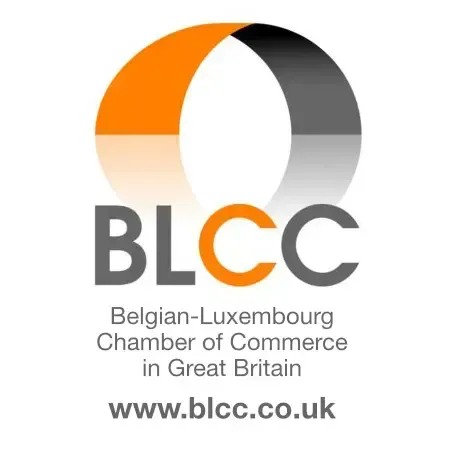The Freedom to Get It Wrong
Reflections from Global Innovation Forum - (GIF) - London

There was a quiet rebellion running through this year's Global Innovation Forum in London. A gentle but deliberate pushback against perfection. A call to be more vandal. To get it wrong. To show the messy first draft, the weird idea, the ugly sketch.
It was a reminder I needed, and one I see echoed in my own work all the time. When clients freeze up about how they "should" communicate their ideas, especially on video, it's rarely about the idea itself. It's the pressure to make it 'perfect'. To do it the 'right way'! But as soon as they have permission to play, something clicks - flow returns - and ideas and self expression comes alive again.
That's exactly the kind of energy GIF London championed.
Sabrina Godden-Tuma from Vodafone spoke about using AI to break the brainstorming bottleneck. "Instead of forcing people to have great ideas now, AI can take the hit". It becomes the one to 'get it wrong first', creating a safer space for creativity to emerge. The so-called "stupid" ideas - often the gold dust of innovation - get to surface, because we're not guarding against being wrong anymore.
Joana Lenkova from the LEGO Group offered a useful lens: asking "what needs to be true in order for a future scenario to happen?" It's a subtle shift, but it turns abstract vision into practical momentum.
This was complimented by Johanna Thompson from Mars Wrigley's comment in the panel discussion - explored how AI can speed up the journey to realness, and getting to a powerful value proposition faster. Whether it's a prototype or a message, you can get something tangible in front of people faster, then evolve from there. Less overthinking, more doing.
Meanwhile, senior innovation manager Alex Brown raised an unsettling but fascinating question: what happens when AI and human-created content become indistinguishable? What will creativity even mean then? It's a big one - and not just philosophical. There are real questions about trust, authorship, and identity baked in.
On the tech side, I was struck by Henry Coutinho-Mason's live demo of a tool that turns quick startup sketches into full-on innovation plans. It doesn't just visualise your idea, it interrogates it; offering arguments for and against, helping you refine before you even pitch. (Side note: I'm desperate to try this out with clients!).
And then there was seaweed.
Rodrigo García González shared the Notpla story - creators of biodegradable seaweed packaging. As one of the fastest growing organism on Earth - growing up to 2meters per day, without any need for human intervention - seaweed is a material with huge potential to revolutionise the packaging industry. Rodrigo shared an interesting insight insight - about how initially their aim was to try to make their products look as much like plastic as possible ... but now brands are asking for the opposite! Can it look less like plastic? It's a powerful metaphor for how we approach change. Sometimes we try so hard to fit the existing mould, we miss the point that innovation is the departure.
And finally, David Speed wrapped it all up with a heartfelt call to reclaim our creativity. The colour, the chaos, the personal voice. The bad art and rough edges. Not because they're ready, but because they matter.
There's something deeply reassuring about that. Innovation isn't about getting it right the first time. It's about getting it out there—even when it's unfinished, imperfect, or unexpected.
Maybe especially then.



